Nergal’s top 5 tips for guitarists
Wise words from Behemoth's Polish metal overlord
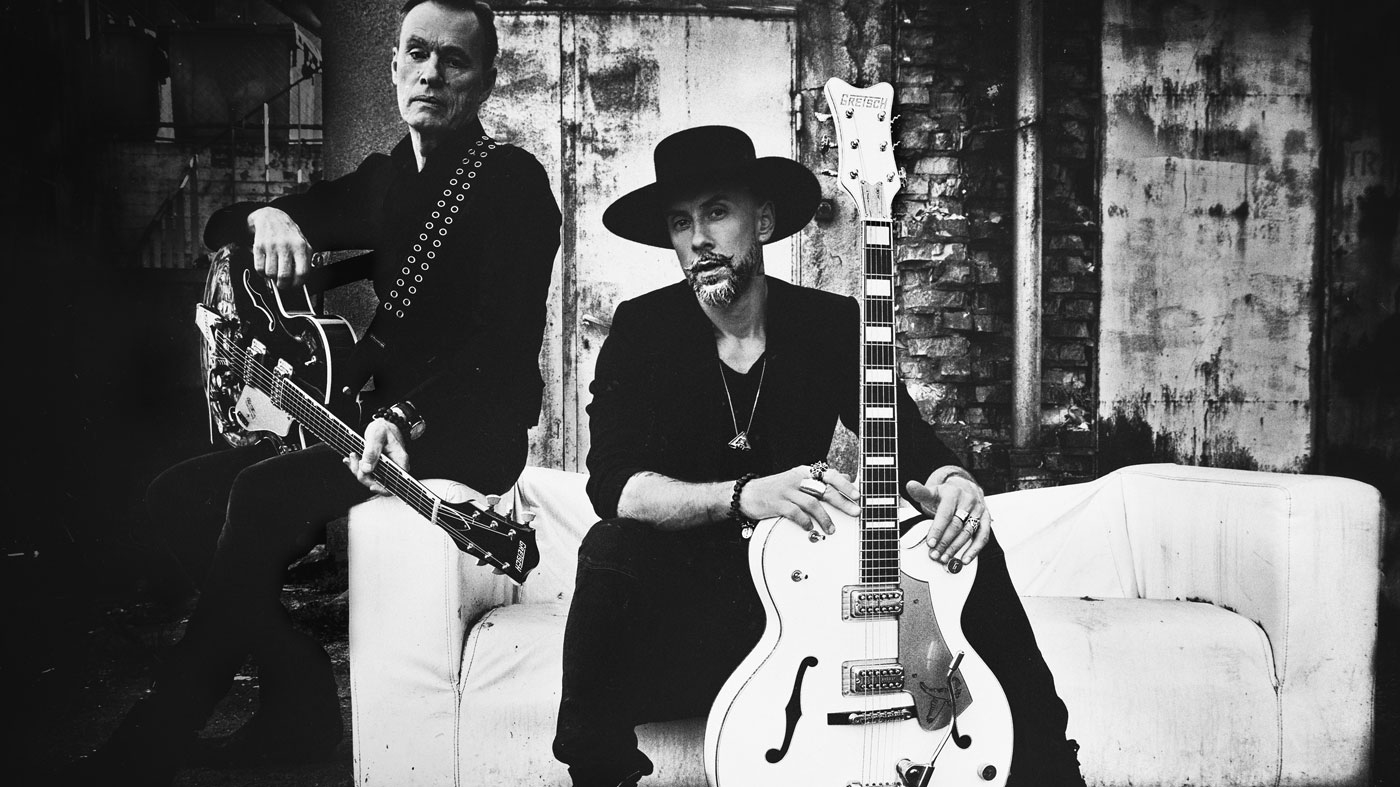
Introduction
Some ideas refuse to quit. Nergal is renowned as the ESP-wielding, foundation-abusing, demi-god frontman of Polish blackened death metal band Behemoth, but back in the late-90s he fronted a hard rock/blues-based group dubbed Wolverine.
That band – somewhat ironically, given their name – would not last, a side effect of Behemoth’s success, but the idea did. Now, with the help of British musician John Porter, Nergal’s revived his cleaner - albeit still thoroughly dark - side under the moniker Me And That Man.
It takes me ages to complete songs for Behemoth. This was very refreshing and revitalising in many ways
“I had this idea fixed in my head to start – I still don’t know how to define what we do – but let’s call it a ‘non-metal’ album,” he says. “It was meant to be guitar-based, with no screaming. I kind of sensed that John was the man that I could go head-to-head with and do something credible and that was going to make sense.”
The two artists had both previously appeared on Polish musician Maciej Maleńczuk’s cover of Jimmy Webb’s The Highwayman (as recorded by Johnny Cash, Waylon Jennings, Willie Nelson, and Kris Kristofferson), but had not met before Nergal put the call in.
“He was very curious,” explains Nergal. “He’s not a metal fan, but he was aware of an artist named Nergal and he knew that the band was controversial. It’s not his music, it’s not what he feels, but he appreciates that.
“We just ended up talking about Bukowski and literature and we jammed Shaman Blues, the first song that I brought to it. He started laying over vocals and I was already blown away. I wasn’t expecting him to be that fast and he just started improvising and singing along. We were like, ‘OK, we got a song!’
I just tried to keep it simple: just a good amp - a vintage Vox - and a Gretsch White Falcon
“For me, it was all so new because it takes me ages to complete songs for Behemoth. It’s such a long process and it’s super demanding and exhausting, so it was cool to see a new quality to that. It was very refreshing and revitalising in many ways.”
The effort resulted in the duo’s debut album My Church Is Black, a collection for which the word ‘brooding’ does not quite do justice. Think vampiric gothic Americana with extra teeth and you're someway there. It’s a sound that combines Nick Cave, latter-period Cash and a heavy hint of Waits-ian menace.
“We recorded everything live,” adds Nergal. “It was just guitar, cable and amp. I just tried to keep it simple: just a good amp - a vintage Vox - and a Gretsch White Falcon. There’s magic in that guitar, I love it. It totally suits the vibe, the genre and the aesthetics of Me And That Man perfectly.”
It’s fair to say that Nergal’s always been a charismatic character and an insightful interview but the project has left him reinvigorated and, on the evidence of our talk, somewhat philosophical about the creative process. We took the chance to go deeper on Nergal’s thoughts on playing, writing and bottling lightning…
Don't Miss
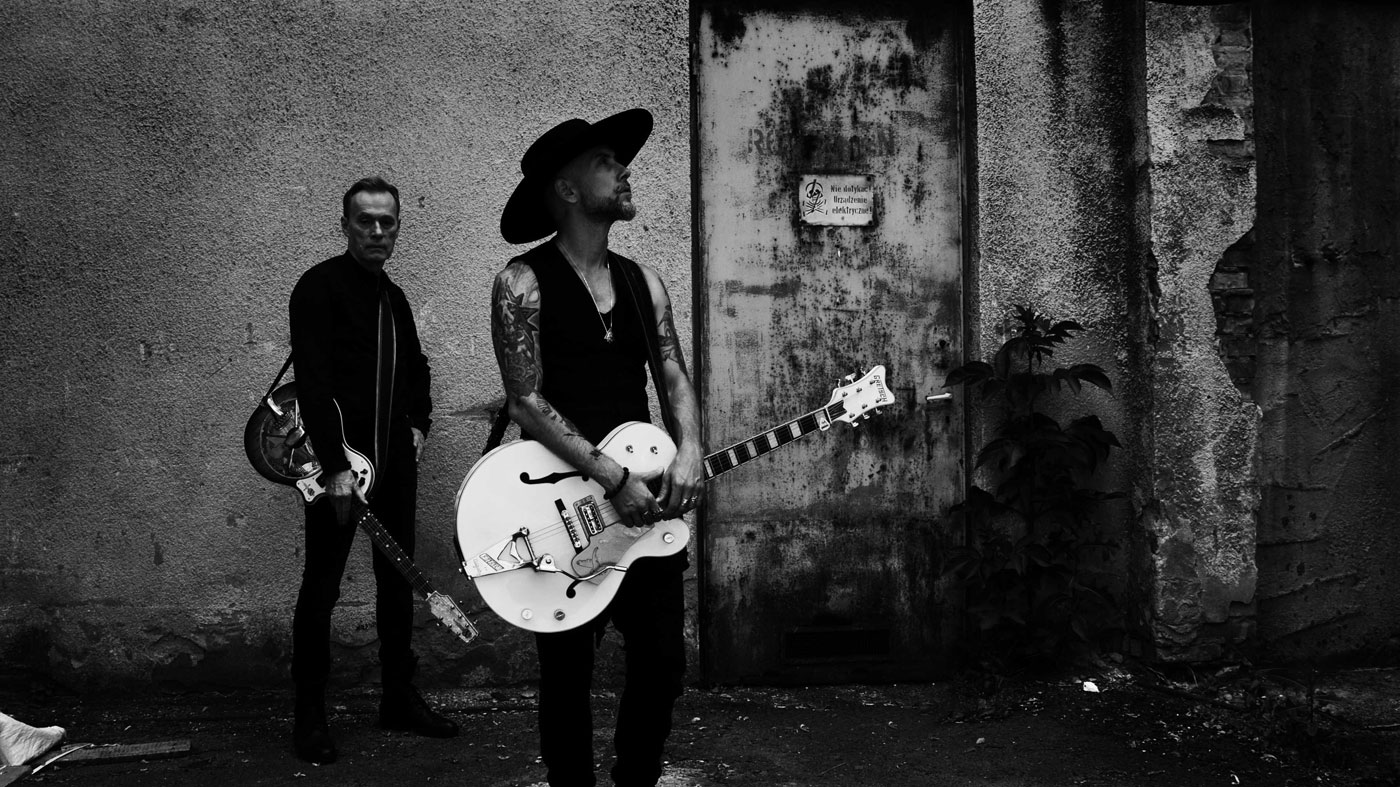
1. Become a space explorer
“John [Porter] says that the secret of the universe is in E minor and I agree. Recently when I’ve been making – simultaneously – the new Behemoth songs, I go back home and use my Gretsch in an E tuning, not C#, which we usually use.
Playing a Gretsch just triggers different vibes. It’s less shredding and fast-picking, because it’s not a guitar made for that
“So what I do is just use that guitar and then I transpose that idea and bring it to rehearsals and we transport it to the fast, evil guitars and tune it down but basically all the positions stay in the same spots.
“Playing a Gretsch just triggers different vibes; the whole point is that when I play it, it’s less shredding and fast-picking, because it’s not a guitar made for that. It’s a guitar to make big chords and make space and give the notes the time that they need, so it’s going to affect the new Behemoth songwriting. There’s more space in the music, it’s more atmospheric.
“There was one bit of great advice I got. I remember I approached Tom Warrior and Martin Aim from Celtic Frost like 10 years ago when we were opening for them and Slayer in Poland.
Martin Aim said, ‘You need to remember to give your tone time to vibrate.’
“We were talking and they were amazed by our show, but I was mesmerised by what they did. There was so much magic in it. I remember I told them, ‘Guys, all of the chords you played in the whole show, that’s what we did in one song!’
“Martin Aim said, ‘Well, this is because you need to remember to give your tone time to vibrate.’ It really stuck in my head. I think I’m still learning that and I think the next Behemoth album, it will really benefit from that knowledge.”
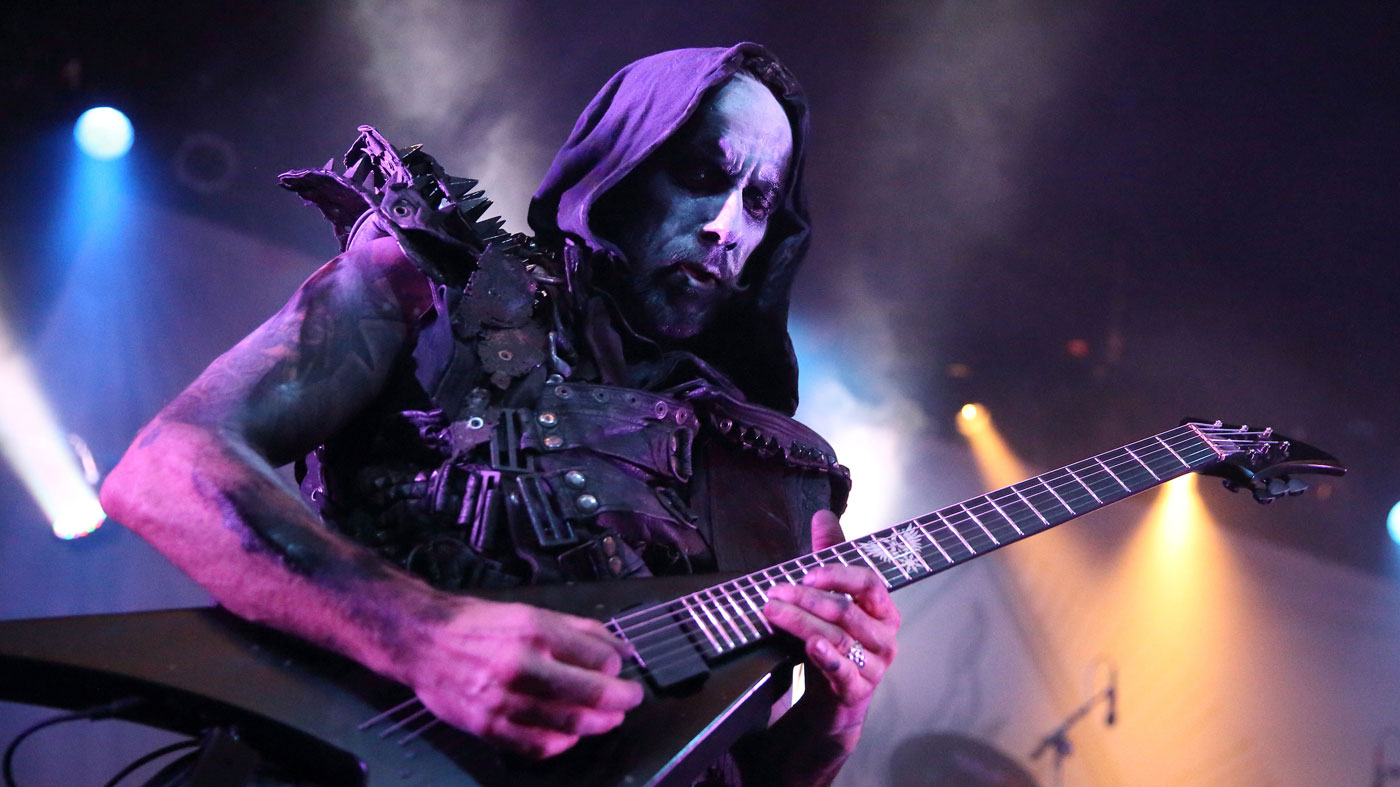
2. Learn to trust someone else’s ears
“I can’t really give you any technical references or specific answers. I just go with what works and I try to avoid defining it. I just go by the sound, either something works for me or it doesn’t and that’s it.
I really rely on my sound guy. We don’t even go and do sound checks anymore
“We know what a guitar is supposed to sound like, but then I’ve got a great sound guy who’s been with us for 15 years or longer, so I really rely on their competences. We don’t even go and do sound checks anymore.
“Sometimes if we all go, the band, we make a lot of noise and the outcome is never as good as if it was techs doing it for us, seriously! It’s about surrounding yourself with people you trust.”
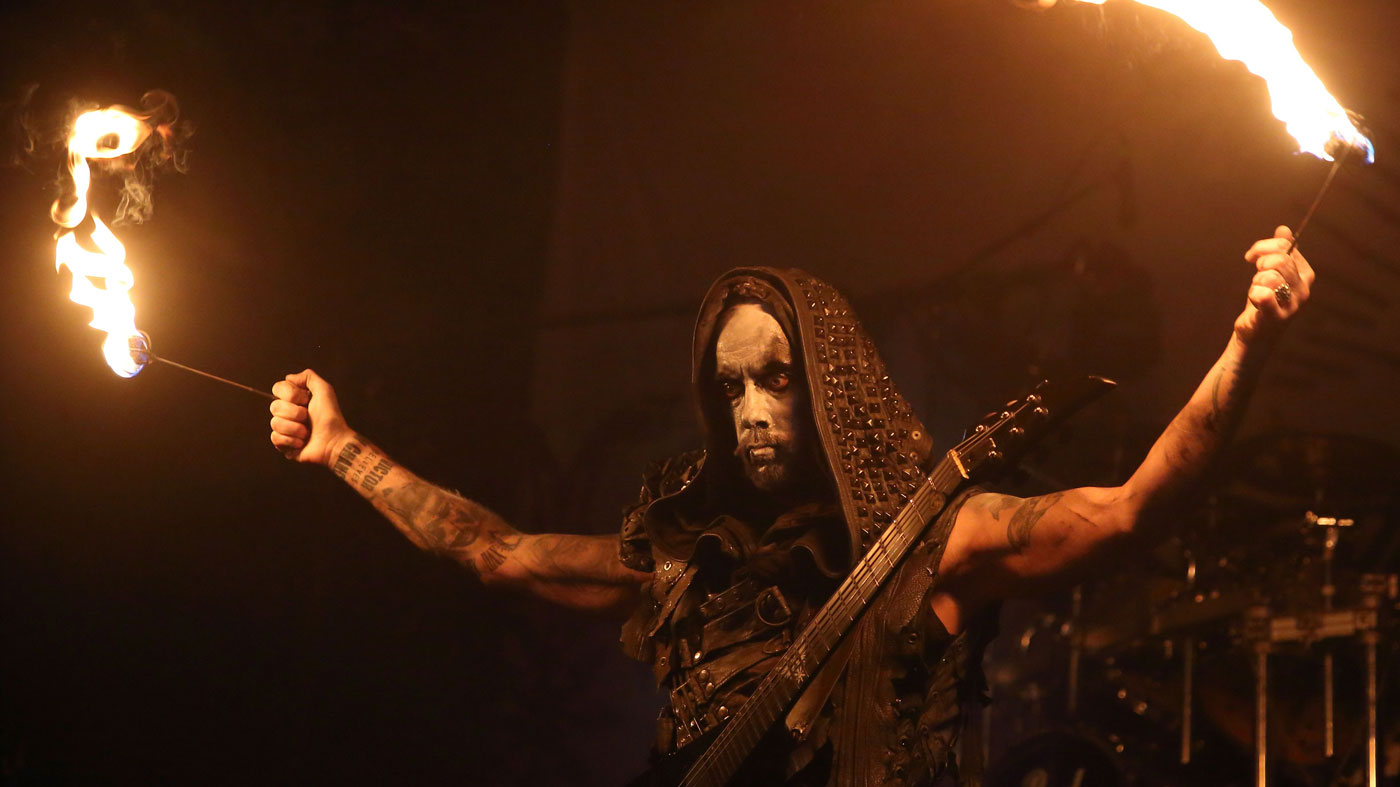
3. Steal from the universe - but don’t look the genie in the eye
“I just know how to play live well with my band. Everyone should really find his or her own way to express their own style. I don’t think I’m competent enough to give advice like that…
It’s really just inspiration that I steal from the universe. and flush through my own system
[At this point we offer an incredulous laugh]. “Yeah! I know that people may look up to me. A kid, now and then, will be like, ‘We love your guitar playing’, or ‘Give us some growling techniques!’ I’m like, ‘Seriously, all I do in my life, writing music, singing, growling, writing poetry, it’s really just the inspiration that I steal from the universe. I just steal them and flush them through my own system.
“The intuition on these things means I can’t understand how I make music, or how I perform music, so it’s just in my nature. It’s there. I don’t argue with that. I don’t over-analyse it. I’m not really the best in talking about it. I believe it was Frank Zappa who said, ‘Talking about music is like dancing about architecture.’ I love that. It’s one of my favourite quotes.”
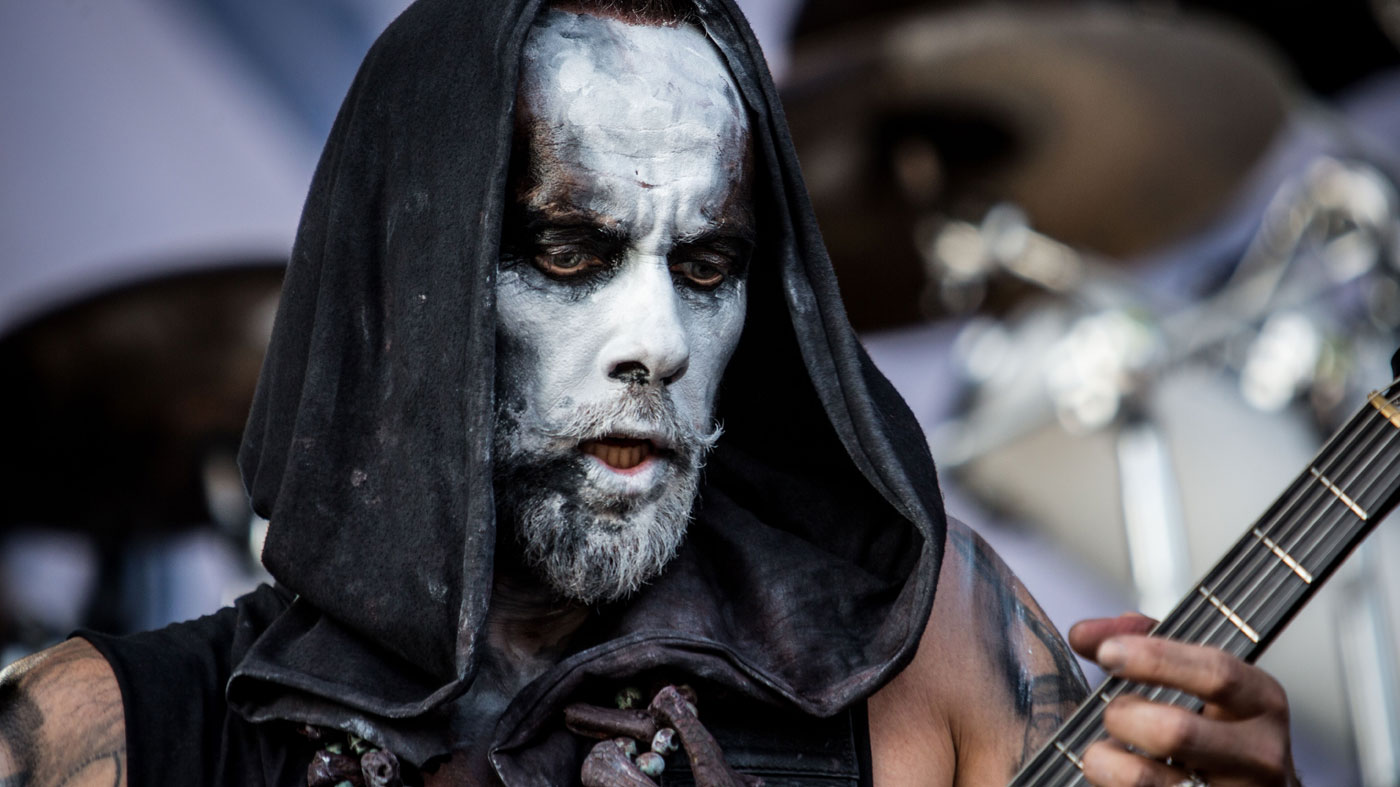
4. Remember you’ll have to play what you record
“I remember one of my big breakthroughs as a guitarist was around the Zos Kia Cultus or Demigod albums [2002/2004].
It took me a while to realise that what you are as a guitarist is like the summary of everything
“I learned how to play these simple arpeggios and it was like, ‘Oh shit! It sounds so cool!’ [Laughs] Then I just pulled them off on the record, but I honestly hate playing them live now. I just don’t like it, it just leads me nowhere, really. But when it’s on the record, you’ve got to perform it live later on.
“It was cool to realise that I could play that, then I just started exploring different techniques. But it took me a while to realise that what you are as a guitarist is like the summary of everything, so just try to sum it up and don’t fret your balls too much!”
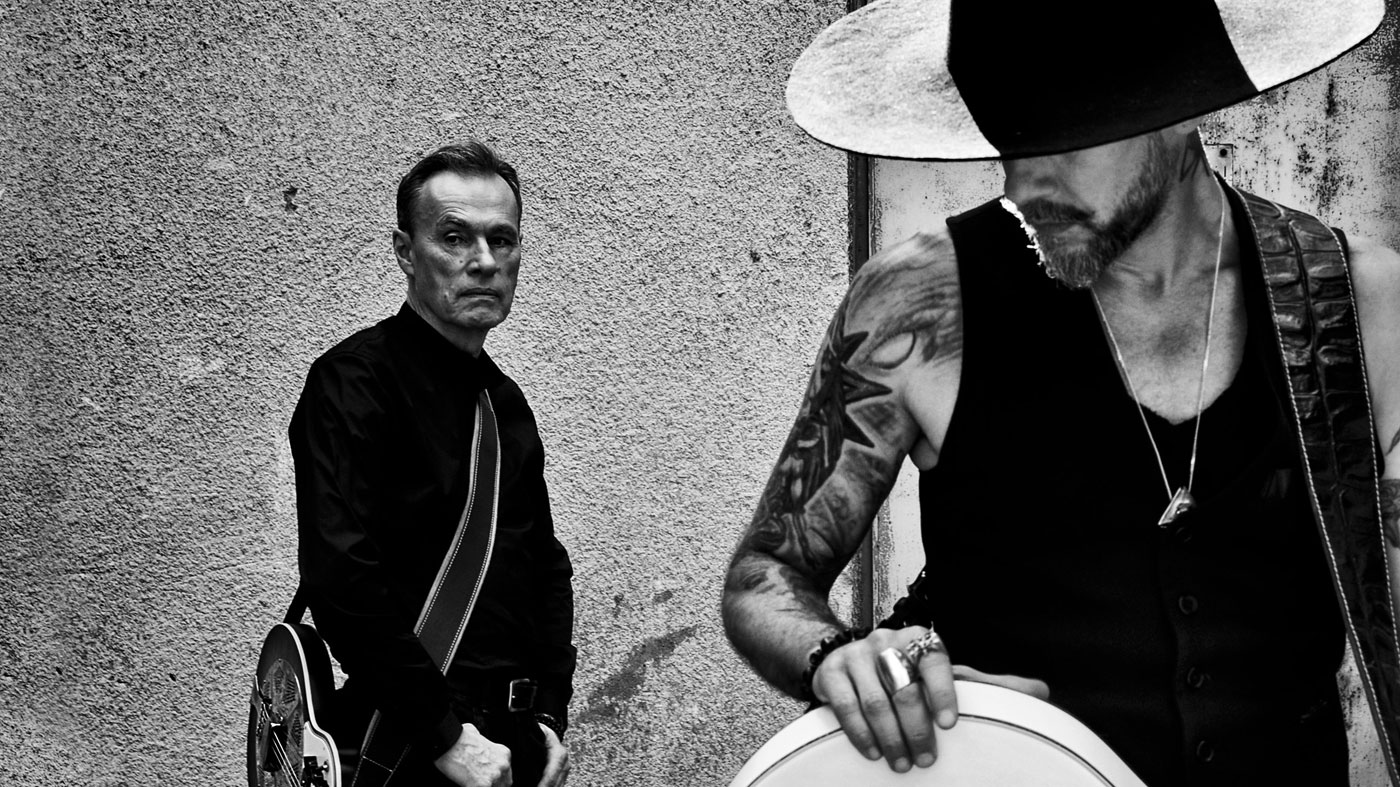
5. Don’t try to measure it
“Playing guitar well is not like temperature, you can’t measure it. You’ve just got your vision and you try to fulfil that.
It’s the same with the sex. I just go for it and try to be real and be me in that
“It’s really hard to say how I do it. It’s like if someone asks, you know, ‘How do you sexually satisfy your girlfriend?’ You don’t follow any rules of any book. Maybe some do, or some watch porn and try to recreate it, but most of them will fail regardless.
“What I do is just go for it and it’s the same with the sex. I just go for it and try to be real and be me in that. And even if I fall, or I don’t pull it off, or I’m not perfect, I’m not discouraged any more.
“I accept that this is me, this is how I work. The whole sense of life is just to be honest with yourself. It’s a cliche, but that’s what it is. That’s how I feel about it.”
Order Me And That Man's debut album Songs Of Love And Hate
Buy tickets for Me And That Man's 26 March, 2017 show at London's Jazz Cafe
Don't Miss
Matt is a freelance journalist who has spent the last decade interviewing musicians for the likes of Total Guitar, Guitarist, Guitar World, MusicRadar, NME.com, DJ Mag and Electronic Sound. In 2020, he launched CreativeMoney.co.uk, which aims to share the ideas that make creative lifestyles more sustainable. He plays guitar, but should not be allowed near your delay pedals.


